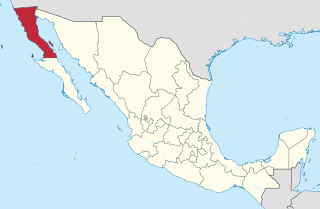
Eriogonum fasciculatum is a species of wild buckwheat known by the common names California buckwheat and eastern Mojave buckwheat.

Tetracoccus dioicus, known by the common names red shrubby-spurge and Parry's tetracoccus, is a species of flowering plant.
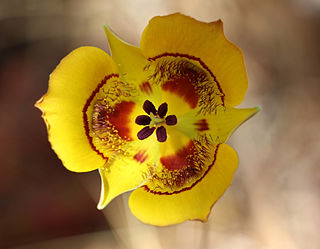
Calochortus clavatus is a species of mariposa lily known by the common name clubhair mariposa lily. It is endemic to California where it is found in forests and on chaparral slopes.
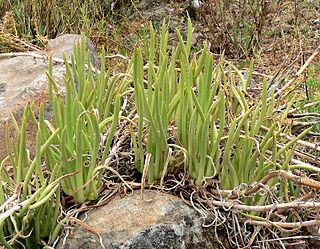
Dudleya edulis is a succulent plant known by the common name fingertips.

Eryngium aristulatum, known by the common names California eryngo and Jepson's button celery, is a species of flowering plant in the carrot family.

Chaenactis glabriuscula, with the common name Yellow pincushion, is a species of flowering plant in the daisy family. It is native to California and Baja California.
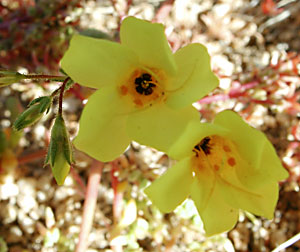
Leptosiphon aureus is a species of flowering plant in the phlox family known by the common name golden linanthus.
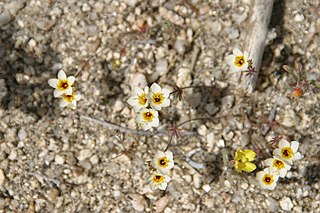
Leptosiphon lemmonii is a species of flowering plant in the phlox family known by the common name Lemmon's linanthus.

Osmadenia is a genus of flowering plants in the daisy family. It contains the single species Osmadenia tenella, which is known by the common name false rosinweed.

Cylindropuntia californica is a species of cactus known by the common names California cholla, snake cholla, and cane cholla.
Piperia cooperi is an uncommon species of orchid known by the common names Cooper's rein orchid and chaparral rein orchid.

Plagiobothrys acanthocarpus is a species of flowering plant in the borage family known by the common name adobe popcornflower. It is native to California and northwestern sections of Mexico, where it can be found in moist areas on clay soil, such as vernal pools. It is an annual herb with a spreading or erect stem 10 to 40 centimeters in length. The leaves are linear or lance-shaped to oblong and several centimeters in length. The plant is coated in rough hairs. The inflorescence is a series of tiny flowers, each with a yellow-throated, five-lobed white corolla less than 3 millimeters wide. The nutlets are covered in long prickles with some bristles between.

Plagiobothrys arizonicus is a species of flowering plant in the borage family known by the common name Arizona popcornflower.
Plagiobothrys austiniae is a species of flowering plant in the borage family known by the common name Austin's popcornflower. It is native to California, where it can be found in the Central Valley and Sierra Nevada foothills. It is also known from southern Oregon.
Plagiobothrys bracteatus is a species of flowering plant in the borage family known by the common name bracted popcornflower.
Plagiobothrys chorisianus is a species of flowering plant in the borage family known by the common name artist's popcornflower. It is endemic to California, where it can be found in and around the San Francisco Bay Area and parts of the coastline to the south.

Plagiobothrys nothofulvus is a species of flowering plant in the boraginaceae family known by the common names rusty popcornflower and foothill snowdrops. It is native to western North America from Washington, and California, to northern Mexico. It is a spring wildflower in grassy meadows, woodlands, coastal sage scrub, and wetland-riparian habitats.
Plagiobothrys parishii, known by the common name Parish's popcornflower, is an uncommon species of flowering plant in the borage family.
Plagiobothrys uncinatus is a species of flowering plant in the borage family known by the common names Salinas Valley popcornflower and hooked popcornflower. It is endemic to the Central Coast Ranges of California, where it is known mainly from the Santa Lucia Mountains and Gabilan Range in Monterey County.
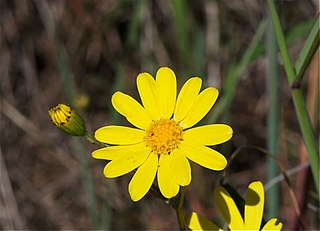
Senecio californicus is a species of flowering plant in the aster family known by the common name California ragwort.




